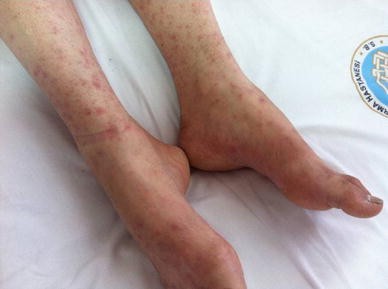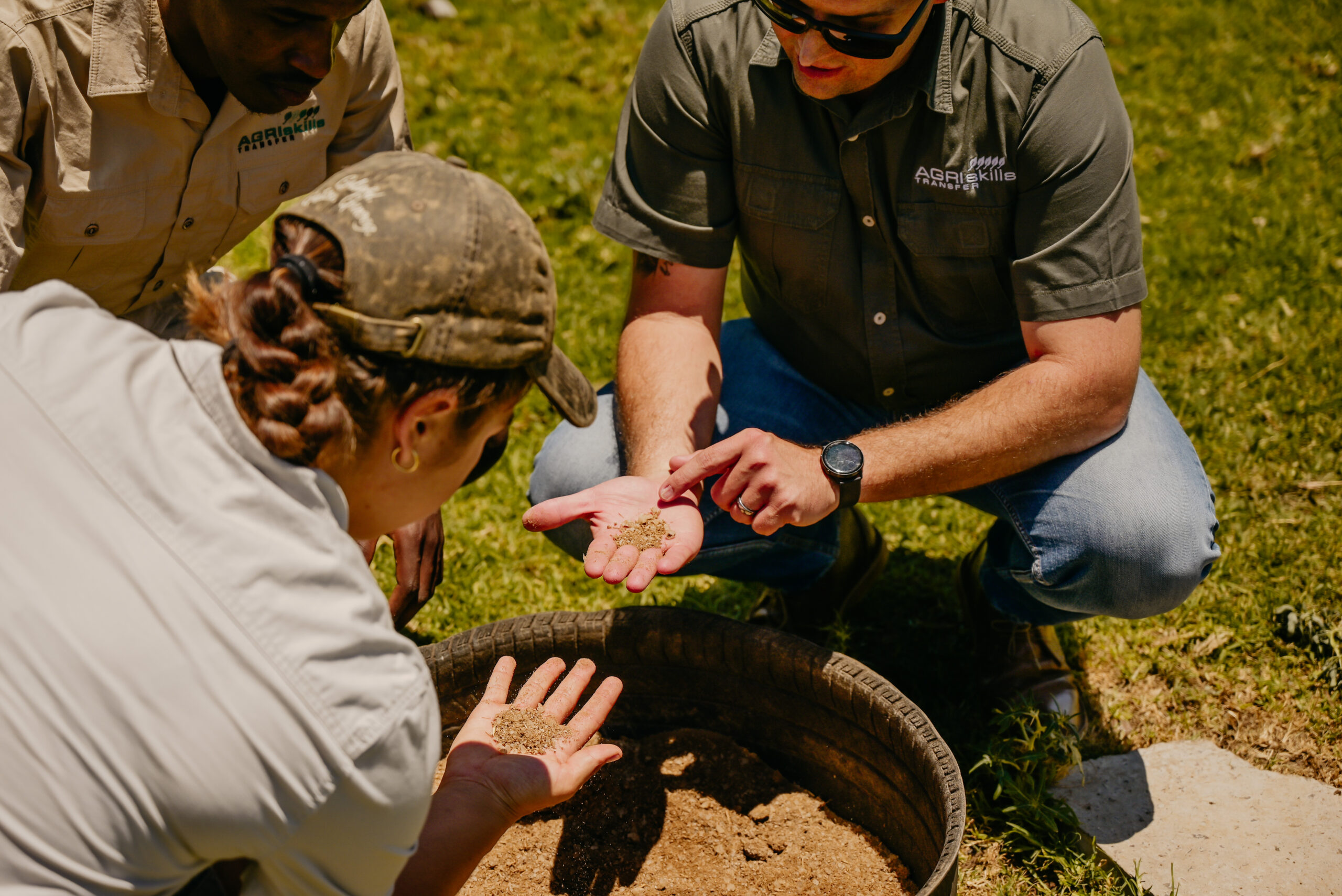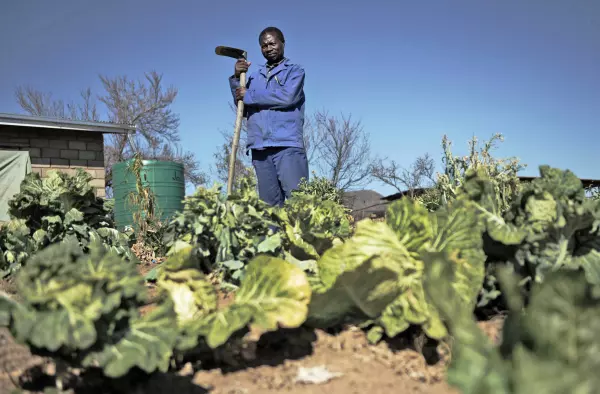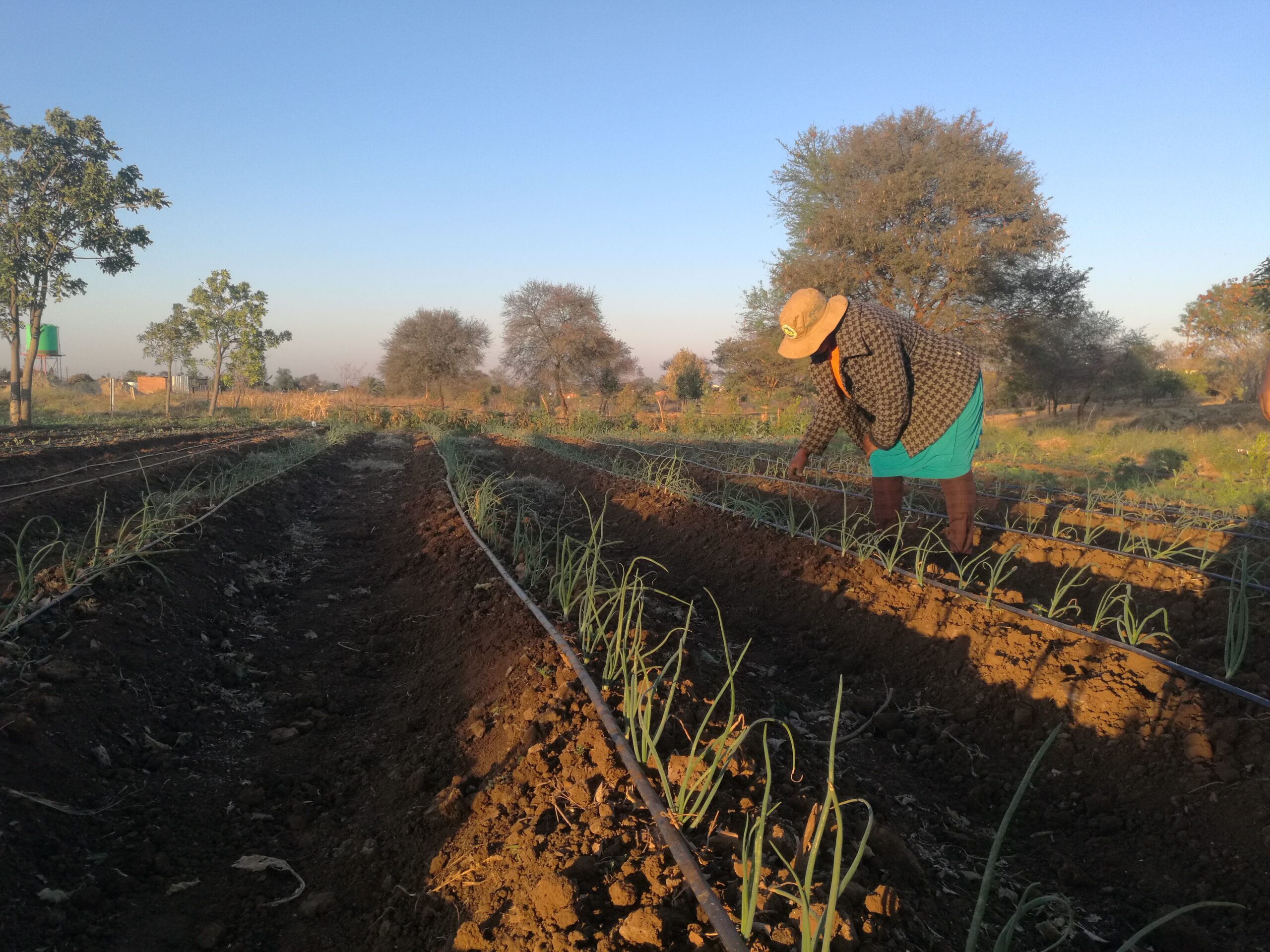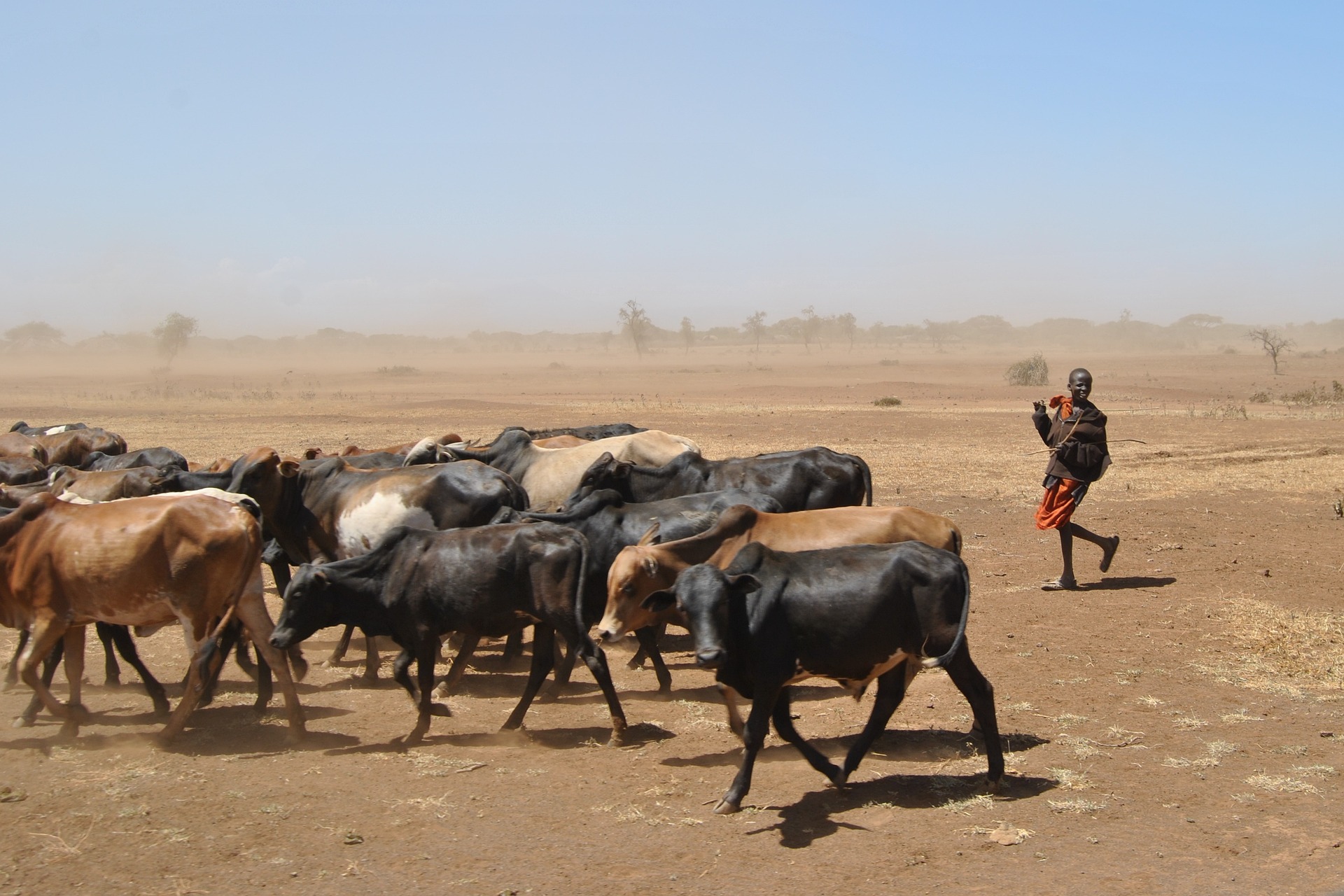Dr. Frans Banting, a veterinarian who was infected with brucellosis nearly 40 years ago, tells his story and hopefully this will help all of us realize how devastating this disease is; and that we all have to stand together to eradicate brucellosis. It is each farmers responsibility to stop the spread of this disease.
Dr. Banting’s story:
Disease in cattle
The disease Bovine Brucellosis is also known as Contagious Abortion (CA) and in Afrikaans as “Besmetlike Misgeboorte (BM)”. Brucellosis is a herd disease, if an animal is tested positive in a herd, the whole herd is considered to be infected.
The disease is caused by a bacterium (pathogen) Brucella abortus bovis. Infected cows and pregnant heifers usually remain life-long carriers of the bacteria; spreading (excreting) the bacteria over many years. The udder and uterus are the most important organs that are infected. Blood and muscle tissue can also be infectious for a short period. Transmission by this means is very rare in humans.
Production losses occur as animals that test positive for brucellosis are slaughtered. Additional financial losses are due to:
- Cost of an abortion
- Cost of perinatal mortality
- Cost of temporary infertility
- Increased calving intervals
- Cost of replacement of dairy cows
- Cost of replacement of bulls
- Cost due to mortality of sero-positive cows
- Milk and meat production loss
- Veterinary costs
(Information provided by Dr.Chris van Dijk, dairyvetza@outlook.com)
Clinical signs of infected cattle
Pregnant cows and heifers which are infected for the first time, having no resistance (immunity) to the disease, usually abort at 4 to 7 months of pregnancy. Such a fetus is usually hairless and about 30 to 40 cm in length. Calves that are stillborn may also be found in a herd. Weak calves can be born. Infected cows may abort for a second time. Retained afterbirths usually occur.
Temporary infertility after an abortion as well as mastitis may occur. Chronic cases may develop a swelling of the knee (hygroma). Cows that are carriers of the Brucella bacteria may show no clinical signs of the disease and could still calf annually and spread the disease to the rest of the herd. Bulls may also become infected.
Brucellosis in humans
In humans, brucellosis, is a zoonotic disease i.e., a disease spread from animals to humans. The disease is known as Undulant fever or Malta fever. Undulant fever is caused by Brucella abortus bovis and Malta fever by Brucella melitensis which occurs in goats.
Transmission
Humans are infected through one of the following ways:
- Intake of infected raw milk, ice cream, butter or cheese
- Ingestion or handling of infected raw or underdone meat, biltong or meat products. The risk is very small as the Brucella bacteria dislike dry, warm conditions. If an animal is slaughtered at an abattoir and hung (pH drop), then the risk is negligible.
Through contact or handling of an infected still born or infected calf, uterine fluid, afterbirth or bull string. The chance of infection when helping a cow during a difficult calving or removing a dead calf, is a reality!
Through pricking yourself with a syringe needle when vaccinating animals with Strain 19 or RB 51. Accidental contact of mucous membranes (eyes and mouth and open wounds) with the vaccine through aerosol transmission or breakages, could be disastrous to the farmer and personnel.
To summarize, if infected material is consumed (unpasteurised milk, meat, meat products, biltong) or if the bacteria/live vaccine comes into contact with mucous membranes (uterine fluid or fluid from infected calf) a person may become infected with brucellosis. Such an infection may enter the body through the eye, mouth, nasal cavity or skin.
Symptoms
The writer of this article was infected with brucellosis about 40 years ago. About two weeks after the infection took place, the first acute attack started.
Fever
A very high fever with profuse sweating occurred especially during the night. It felt as though his whole body was glowing. The worst attacks occurred from 22h00 to 01h00 the next morning. During the period from 07h00 to 14h00, the fever usually subsided.
Muscular pain
The pain was due to infection and was prominent in calf and thigh muscles
Arthritis and painful, swollen joints especially of the knees and hands.
Headaches
This is not a normal headache, but a sudden and serious stabbing headache within a localized area. It does not remain for a long period, but feels as if a long nail is driven into your skull. It disappears usually within a minute or might only last a few seconds.
Fatigue
An indescribable fatigue is often present. It often lasts for long periods -anything from one week to 6 months.
Weakness and muscular weakness. This weakness may be so bad that a person may not be able to work.
Weight loss and chronic diarrhoea
An affected person could lose 3 to 10 kg body weight within weeks.
Depression
Loss of interest in life. Such an attack can last for a few days or up to months.
Insomnia:
Waking during the night (especially between 22h00 and 24h00), one cannot sleep or one has a poor sleeping pattern.
Appetite
Strangely, appetite is not affected
The above listed symptoms are often confused with flu and therefore a correct diagnosis, in many cases, is not made in time. Most acute cases disappear within a month or two, A large percentage of cases develop a chronic (long lasting) infection with roughly the following symptoms:
Muscle and joint pain
Severe fatigue develops with a typical pattern. During the morning and early afternoon, the person feels normal. From about 15h00 to late at night fatigue sets in. This pattern repeats itself and may last for months or years.
Muscular weakness. A normal life is often not possible.
Treatment
If the disease is diagnosed and treated at an early stage, the patient could recover from the disease. Diagnosis is confirmed by means of a positive blood test. Unfortunately, many physicians do not recognize this disease or have insufficient knowledge of the disease and a correct diagnosis is not made.
Brucellosis is treated by giving numerous antibiotics as well as anti-inflammatory drugs, pain killers and multi-vitamins to patients. Antibiotics are given per mouth for 3 to 4 months while intra-venous drugs are given for five successive days with a drip containing nutrients.
In chronic cases the treatment is repeated if typical symptoms of the disease are seen. If infection is due to contact with the RB 51 vaccine, the infection cannot be discovered with the ordinary blood-test and the infection does not react to the ordinary treatment. Contact your medical doctor if you suspect you got infected through contact with the RB 51 vaccine.
Consequences
In serious cases it might be necessary to give the patient sick leave for an extended period. It may even be the best for the patient to retire or change his/her occupation. Brucellosis has its consequence and could change a person’s entire life!
Prevention
- Brucellosis is a State Controlled Disease. Cattle are tested by taking a blood sample from an animal and sending the samples to an accredited laboratory. If it is suspected that brucellosis is present in a herd, the following procedure is followed:
- Test all animals on the farm over 18 months of age. All positive animals have to be branded with a C on the neck, isolated and sent for slaughter as soon as possible (under cover of a Red Cross Permit) to an accredited abattoir. The farm will be quarantined. The herd is tested every two months until two negative tests are obtained. The test is repeated after six months and then annually thereafter.
- If adult cows are bought, they should be tested before they are introduced into the herd.
- Use the available registered brucellosis vaccines, Strain 19 or RB 51, according to prescribed instructions on the packet insert.
- When buying animals, get a vendor’s declaration that these animals are from a brucellosis negative accredited herd. Quarantine them and test them again. Heifers should be kept separate until they have calved. Heifers should be tested from 4-5 months pregnancy and then again after calving.
Humans
Never handle suspected infectious material such as fetuses, dead calves, live weak calves or afterbirths without gloves or eye protection.
Do not drink raw milk from an unknown, untested source.
Remember: A brucellosis infected heifer, cow, dead calf or raw milk from a positive herd is a TIME BOMB which can alter your life dramatically or destroy it totally!
Written by: Dr. Frans Banting, Veterinarian and translated by Drs. Faffa Malan, Veterinarian (dokfaffa@nashuaisp.co.za) and Sewellyn Davey (sewellynd@gmail.com)

